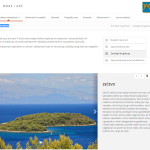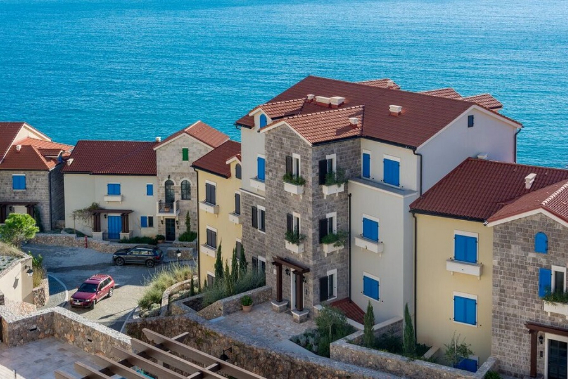
February 12, 2018 – As many major tourism investments in Croatia are stuck for years in paperwork, a luxury revolution is happening to the south in Montenegro. Why and how Croatia is losing a major opportunity to become the luxury destination of choice on the Adriatic.
After 15 years living in the Balkans, the last six working in the media, there is little that surprises me about this wonderfully complex and addictive region, and there is even less that has the power to stun me.
Last week was a monumental exception.
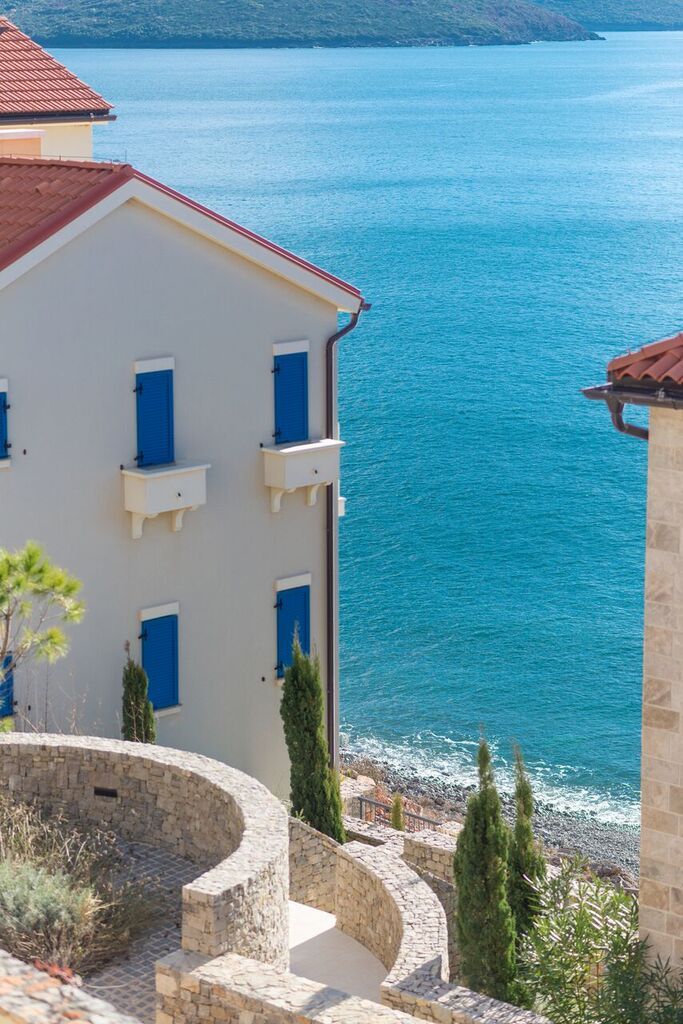
You have to understand that during these fifteen years, I have been in constant contact with foreigners coming to Croatia – as tourists, as expats and as property buyers when I had my own real estate agency. Living on Croatia’s premier island of Hvar, life as a property broker was not too difficult back in 2004, as buyer after buyer jumped off the ferry to buy anything for sale.
The whole region was a property hotspot. I too headed down to Montenegro and bought and sold stone houses in 2005 – you simply couldn’t fail. The Russians were at it too, especially around Budva. And the developers came, buying up huge chunks of land to build resorts and apartment blocks which would make their fortunes. I know of at least eight land purchases on Hvar which were over 20,000m2 for that very purpose, including one of over 1 million square metres.
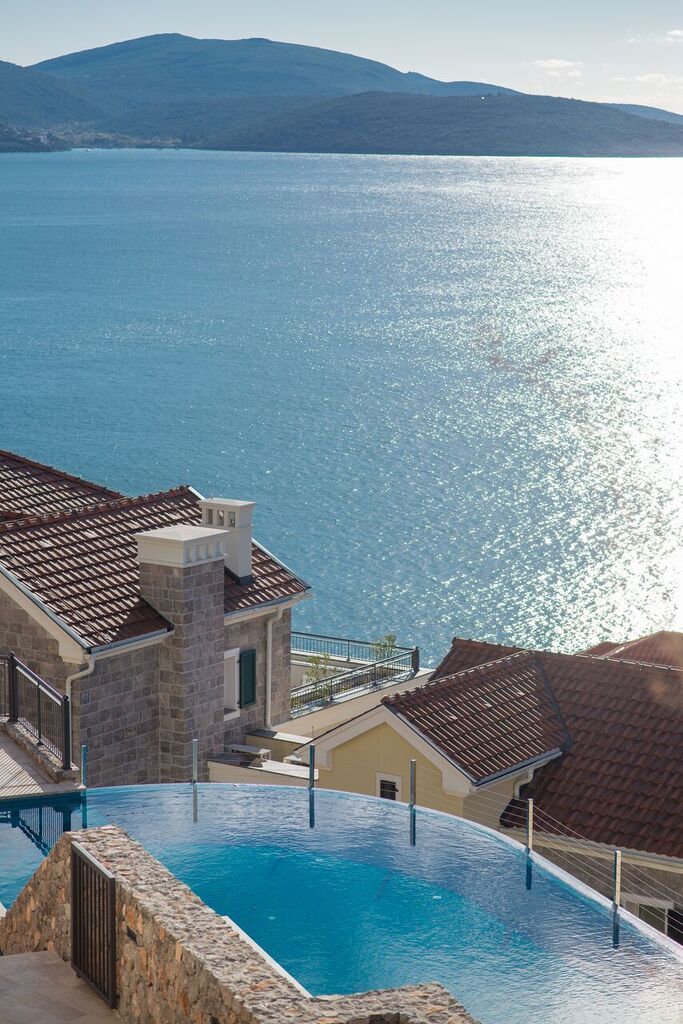
And yet, some 14 years later, the largest legal development on this gorgeous island so popular with A-list celebrities is a block of 12 apartments. It is not for the want of trying.
Just over 3.5 years ago, I wrote an article for a Canadian news site entitled Croatia and Greece: A Tale of Two Nikki Beach Resorts, in which I looked at the fate of two planned resorts where the land was purchased in 2007 and 2006 respectively. It was a story which was picked up by the national media the next day, including an interview with the then Minister of Tourism, Darko Lorencin. The Greek resort announced in 2010 that they would open on August 1, 2014. Greece, a country not known for its efficient bureaucracy, delivered on time. Meanwhile in Croatia, the Norwegian investors who made a sizable downpayment on the 80,000m2 near Sucuraj on eastern Hvar still did not own the land seven years after that purchase in 2007. They even offered to pay the full amount into an escrow account – to be paid to whoever won the ownership claim – if they were allowed to proceed with a 270 million euro investment which would bring 500 jobs to the town, a request which was rejected.
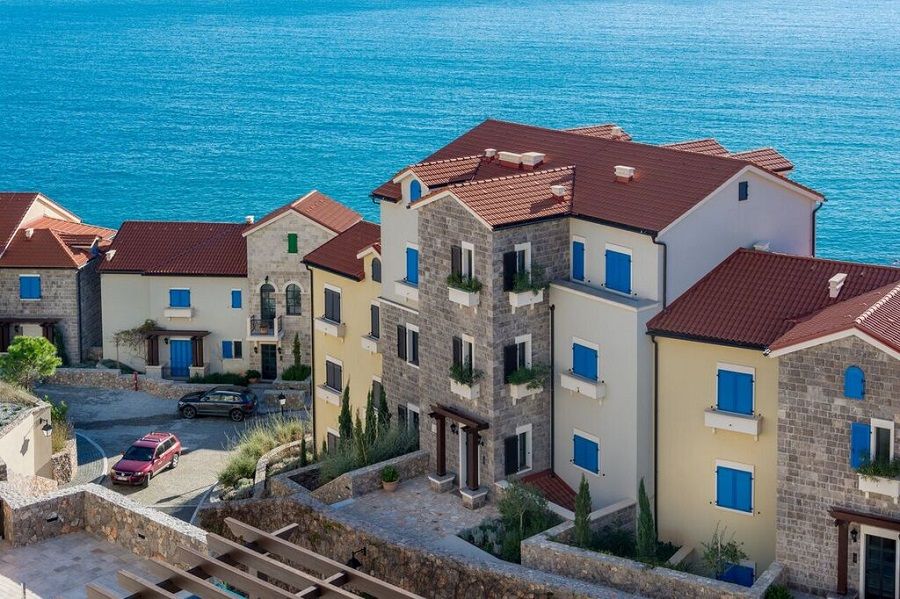
Seven years has become eleven. The realities of property investment in Croatia.
Even projects which seems to have full official support, such as the Four Seasons Brizenica Bay project on Hvar, are encountering problems. Publicly backed by Minister of Tourism Gari Capelli last year at a ceremony near Zagreb and scheduled to open in 2019, no construction work has yet started. This is on the same island as the Nikki Beach Resort mentioned above, an island where many foreigners have bought land to develop, but where the biggest legal new construction in the last 15 years has been that block of 12 apartments.
The island of Hvar is by no means alone in its problematic building permits. Just ask the Israeli investor above Dubrovnik whose plans for a golf course seem to be ending with a 500 million euro lawsuit against the State. Or the Russian investor in Dubrovnik’s Hotel Belvedere, where public objections to the development of this once grand Dubrovnik hotel seem to be stymying yet one more major development project.
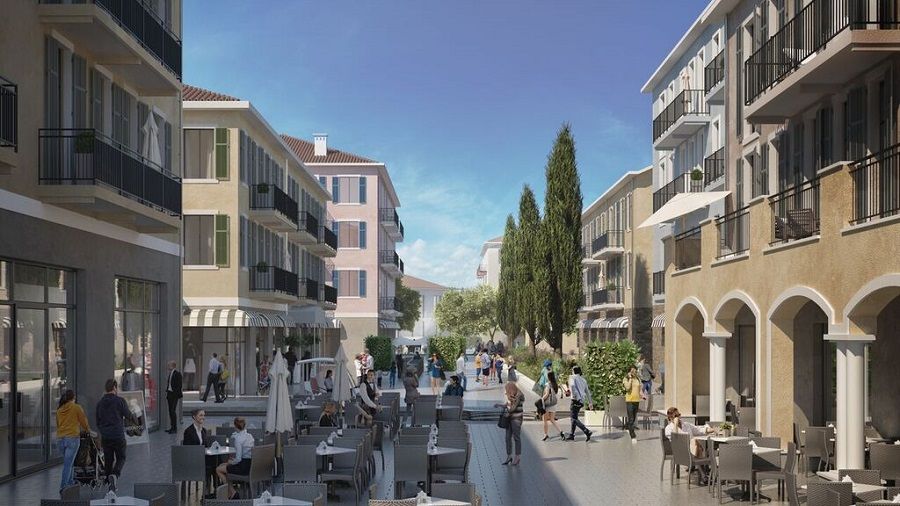
The message to international tourism investors is really quite clear – Croatia is hard work.
And while this was all (not) happening, something rather extraordinary was taking place just a few kilometres south of Dubrovnik. Back in 2007, Canadian billionaire Peter Munk purchased a waterfront plot marina in the unspectacular small town of Tivat in Montenegro. When Porto Montenegro opened in 2011, it was already one of the top superyacht destinations in the world. A destination which could have been Croatian. Different sources in Montenegro told me that one location considered was the Trogir shipyard near Split, and another that Dubrovnik would have been the location for the superyacht heaven, if only the then prime minister had allegedly not been so greedy. A superyacht paradise in the Pearl of the Adriatic went instead to a sleepy village across the border which today competes rather well with its more famous Croatian neighbour in the luxury market. Today, Dubrovnik residents are some of the more regular weekend visitors in the winter months, as Tivat is offering shopping, gourmet and entertainment options not available back home.
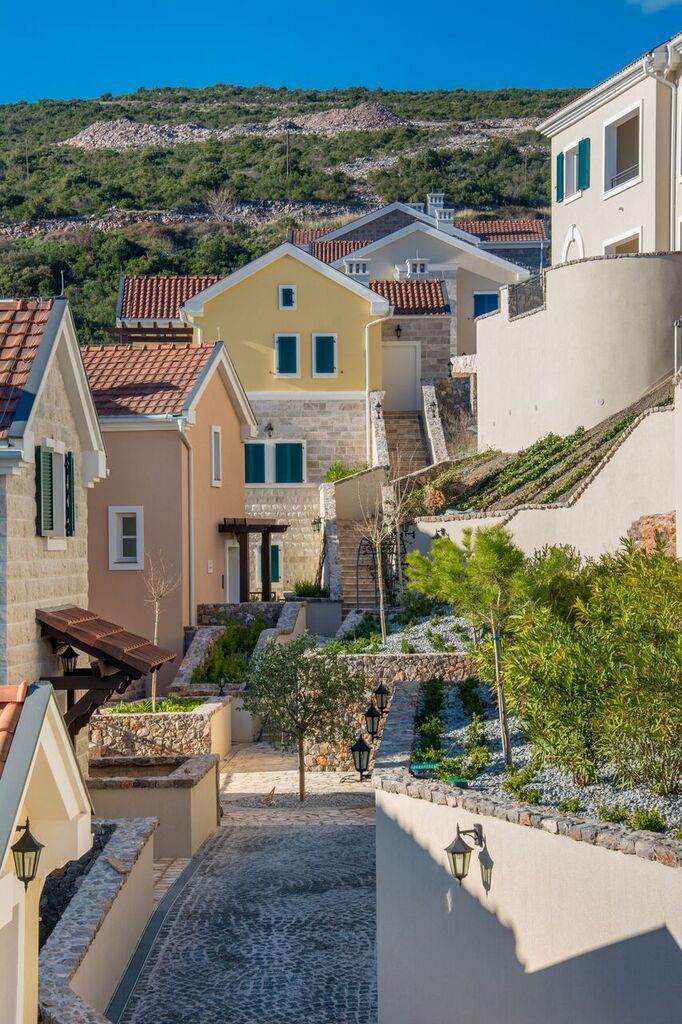
I have driven through Montenegro many times in the last ten years, but rarely have I had time to visit. I heard the stories of large property purchases, of Russian influence and of Putin’s anger when the last non-NATO country – and one of the Orthodox faith at that – joined NATO. But apart from Porto Montenegro, I had paid little attention until my visit last week. Over the last few years, we have reported on many planned tourism developments in Croatia, many of which seem to get stuck in the planning phase. If just 10% of them had actually come to fruition, what a different place Croatia would be in terms of luxury tourism.
Which is why last week was that monumental exception that left me totally stunned.
I had heard of the new Lustica Bay luxury destination, but knew nothing about the detail. The peninsula I knew to be spectacular – it was where I had bought property back in 2005 – and I knew that back then there had been little to no development, and that the area was probably one of the last truly unspoiled slices of paradise which could be developed. What I did not know was just what an amazing project was planned, but which was – unlike many in Croatia – going ahead at full speed.
A project which was going to transform a staggering 7 million m2 of Lustica into the most ambitious and luxurious development in south-east Europe.
A development which was actually happening.
A chain of circumstances dictated that I ended up spending three nights in an apartment in Lustica Bay and got a little more access to this fascinating story than I otherwise might have.
Here was a development which was moving full steam ahead which will feature no less than seven luxury hotels, two marinas, an entire small town and entertainment centre, with facilities including a school and an 18-hole Gary Player golf course. AND it was actually happening!
During my visit, there were no less than 530 construction workers building, building, building. Of these, 45% were Montenegrin workers (the rest from neighbouring countries such as Serbia and Bosnia and Hercegovina). When the destination fully opens, it will provide 2,500 permanent jobs. These numbers contrast with an article I did recently on TCN looking at the biggest job creators in Croatia today. Apart from Uber, which is creating 1,500 new full and part-time driver opportunities a year, the largest creator of new jobs in Croatia in 2016 was a construction company with just 723 new jobs. Let’s not forget that the population of Croatia (at least those who are left…) is more than six times bigger than Montenegro. The first of the hotels, the luxury Chedi Lustica Bay is due to open in July, with marina promenade, restaurants and shops, while some of the residential part of the development opened two years ago (with buyers from over 30 countries – including Montenegrins – so far).
More than the breathtaking setting and plans, it was the fact that things were actually happening and the actual concept which stunned me so much.
Have you heard of a town called El Gouna in Egypt? Nor had I until last week. I am sure I have not got the story completely right, but an Egyptian entrepreneur bought some land, built a house, built some for his family, his friends, his contacts. Fast forward to El Gouna today, a privately-owned community of some 25,000 inhabitants, including its own university.
A concept which is coming to Montenegro. Or rather, a concept which is already here.
As Croatia pushes papers around the table for 15 years, a luxury tourism revolution is taking place just a short drive south.
What I liked most about Lustica Bay was the meticulous approach. Unlike some luxurious waterfront resorts around the world which are gated communities, the integration of the local community is a core concept. Prior to acquiring the site, the developer met with the local villagers from the adjoining village of Radovici. The project was presented, the benefits, employment opportunities explained, and a commitment to invest a minimum of 150,000 euro per year into the Radovici community built into the contract. Last year, that figure amounted to 256,000 euro. Perhaps the most intriguing sponsorship so far has been in the making of a film about the peninsula, The Black Pin, produced by local boy, Ivan Maronovic. Watch the trailer below.
The heart and soul of the Lustica Bay resort with be Centrale, a residential and entertainment centre which will provide life 12 months a year, and which can only benefit life on the peninsula. The whole complex is built in traditional Montenegrin stone village style, very authentic and with a truly exceptional attention to detail.
I could go on at length about Lustica Bay, but I am conscious not to come across as an unintentional sales outlet for Lustica Bay – even though it sells itself. You can check out the website here and one of the many official videos below. Because there is SO much more to write about what is happening in Montenegro, while Croatia shuffles those papers.
But before I go, a quick visit to the golf course in the video below. For as Croatia braces itself for a US$500 million lawsuit from an investor spurned, work is moving forward on Lustica. The driving range will be finished for this season, 4 holes by next summer and the whole Gary Player course open by 2021. One of the main challenges – water – is being resolved with a special partnership with the local Tivat authorities.
Partnership. I was surprised to learn that this 1.1 billion euro investment was 10% owned by the Montenegrin government. It makes things easier, apparently. And gets an interested state partner moving things forward.
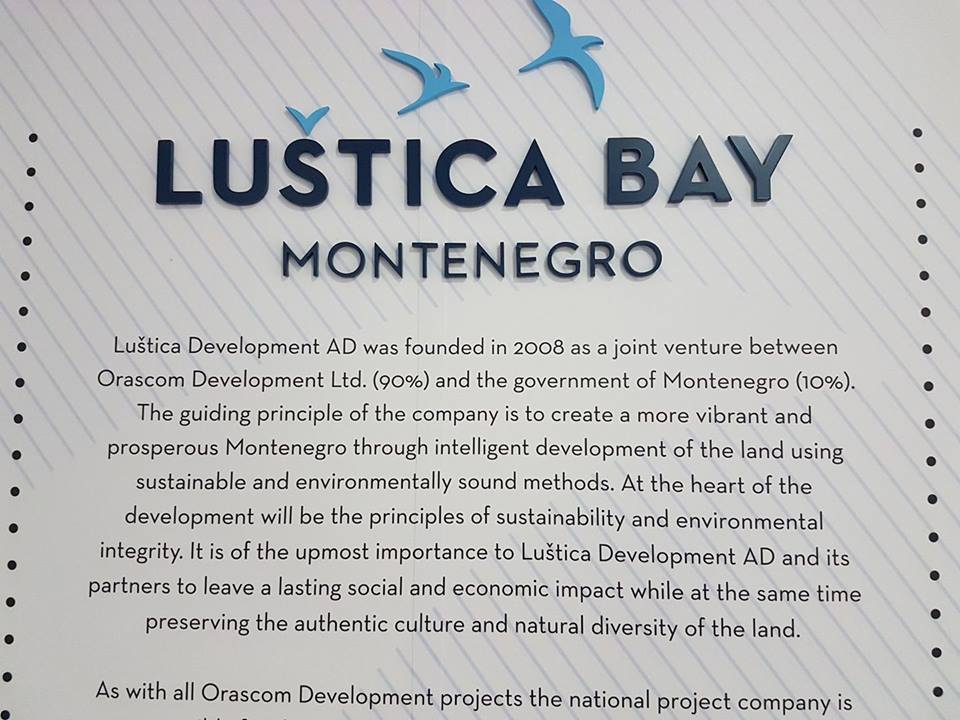
When I got back home to snowy Varazdin, I sent a message to three friends who work in the luxury tourism business.
“Here is a scenario. You receive an enquiry from a client on his yacht at Porto Montenegro, asking you for three options in Croatia for him to take his friends to find something of the same quality. Name the three.”
Two of my friends replied with exactly the same question. Existing places in Croatia, or planned ones? Hahaha, planned ones like Nikki Beach on Hvar, now entering its 12th year of non-ownership, perhaps. My other friend was even more interesting in her reply:
“Haha. Montenegro is 2020 and Croatia is 1995.”
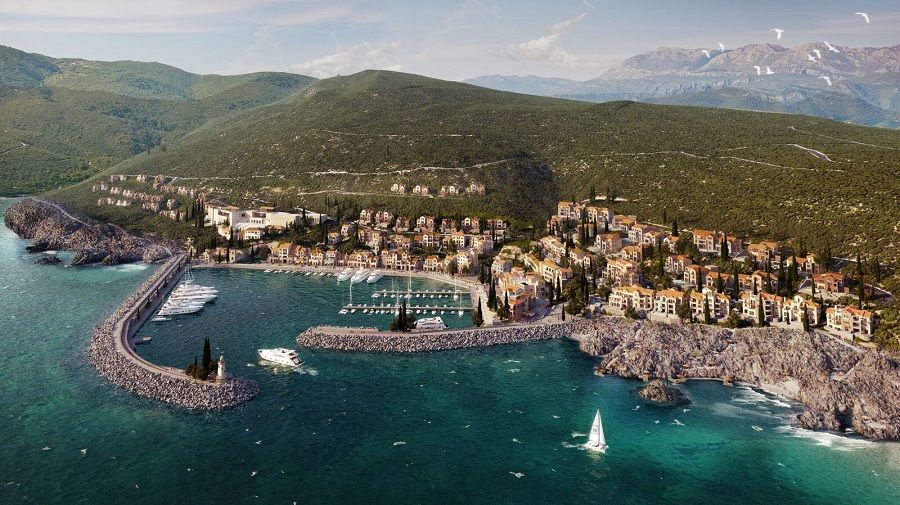
And – sadly – in terms of luxury tourism on the Adriatic, that is the reality. And nothing will change in Croatia, as gorgeous as She is. This is not an article to bash Croatia, my adopted home, and a place I have come to love, but if it serves as a tiny wake up call for those with the power to change things, it will have been worth it. This is also not an article to eulogise about Montenegro, far from it. Corruption has not gone away, parts of its coast are overbuilt, the infrastructure is creaking, the State employs an astonishing 90,000 of its 650,000 population.
And yet…
I met so many people in the hospitality industry last week who were (tired) Croatian veterans. They look ten years younger, engaged, enthused, for things are actually moving. My residence permit took 20 minutes, not a week – can you imagine! said one, illustrating the difference from the daily grind in Croatia.
And while Porto Montenegro may have been a fluke – perhaps there were freak conditions allowing it to happen when papers should have been shuffled for another ten years – it is not alone. Lustica Bay dwarfs pioneering Porto Montenegro, while Portonovi is another major development about to come online in Herceg Novi.
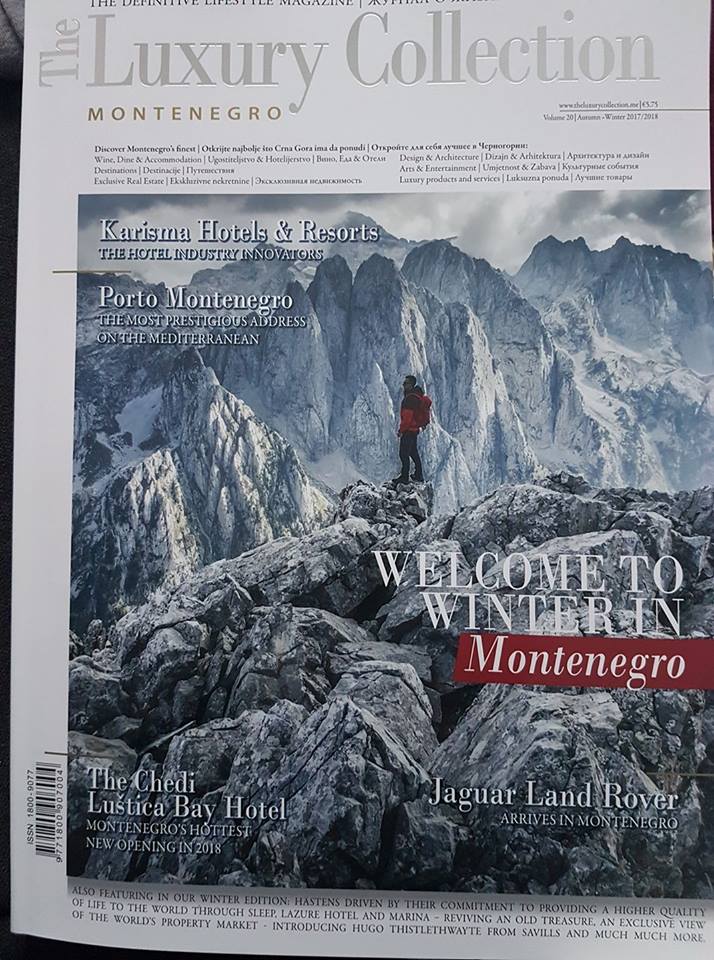
And, just to prove this is no fluke, the international brands which are avoiding Croatia, are investing in Montenegro away from the coast. Oberoi will open its first resort in the region not on the Adriatic, but on Lake Shkadar, on the border with Albania, while Montenegro’s main ski resort town of Kolasin already boasts a Sheraton, with more on the way.
Montenegro is open for business for luxury tourism development in a way that Croatia is not – and cannot be with the current setup. You can’t blame Tito, socialism or the Serbs for that one.




